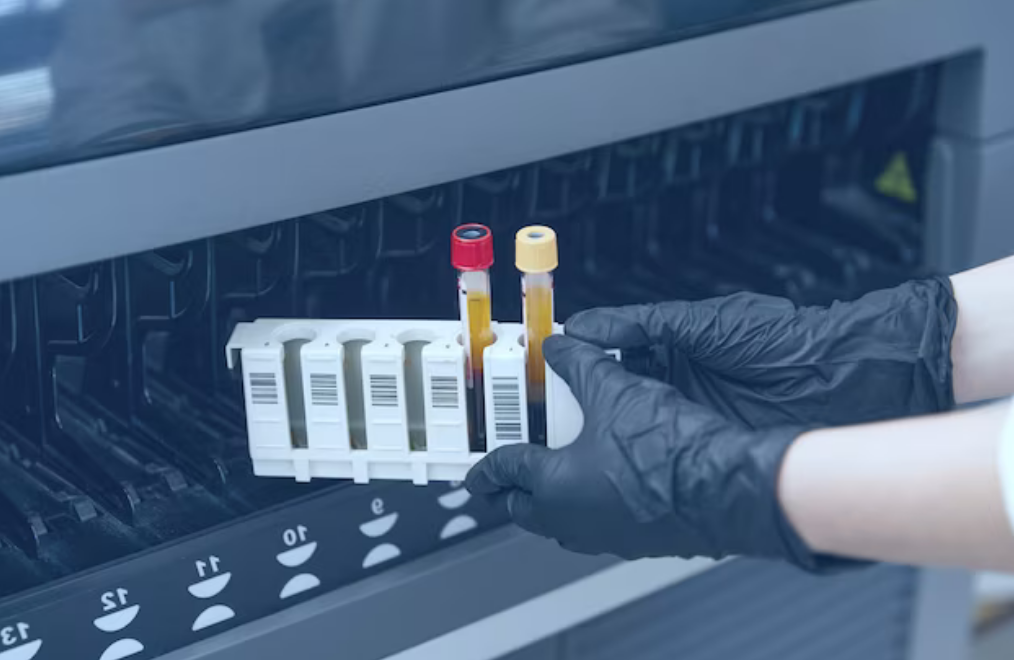contact@monad.com.cn
WhatsApp: +86-13967172554

Contact Us
GC FID vs GC MS - What is the Difference Between GC FID and GC MS
When it comes to analytical techniques used in industry and research, gas chromatography (GC) is a powerful tool that comes in various flavors, two of which we'll explore in this blog: GC-FID and GC-MS. So, what is the difference between GC and GC-MS? Let's dive in and unravel the mysteries of these analytical methods.
What is GC-FID Used for?
GC-FID, which stands for Gas Chromatography with Flame Ionization Detection, is a versatile analytical method used in various fields. It finds its application in industries and research to characterize mixtures of organic compounds. In the pharmaceutical world, GC-FID helps identify residual contaminants, ensuring the safety of medications. In the petrochemical industry, it plays a crucial role in identifying and quantifying different hydrocarbon components in oil and other fuels, aiding in quality control.
Moreover, GC-FID is a valuable tool in food testing, where it determines the fatty acid profile of food products. In environmental research, it can be employed to identify resin acids in water and contaminants in air samples, assisting in environmental monitoring efforts.
How does GC-FID Work?
The operation of GC-FID is a two-step process. First, the sample is passed through a gas chromatography column. This column separates the sample into individual components by evaporating volatile compounds. As the sample emerges from the column, it enters the flame-ionization chamber, where it's mixed with hydrogen and a suitable oxidant. Subsequently, this mixture is ignited with a hydrogen flame, causing the chemical components to become ionized and acquire a positive charge.
Above the flame is a negatively charged collector plate. The positively charged ions are accelerated toward this plate, creating an electric current upon contact. The measured current is directly related to the number of carbon atoms burned. By analyzing this data, we can determine the components present in the original sample and their respective quantities.
Sample Requirements and Preparation
To prepare a sample for GC-FID analysis, it is typically dissolved or mixed in a low-boiling-point solvent, such as methanol. This solution is then injected into the chromatograph, where it rapidly vaporizes into the gas phase. Even solid organic samples can be analyzed using this method, provided they become volatile once dissolved.
What is GC-MS Testing?
Now, let's explore GC-MS, which stands for Gas Chromatography-Mass Spectrometry. It begins similarly to GC-FID by separating the sample in the gas chromatograph. However, instead of a flame ionization detector, the sample is then passed through a mass spectrometer, which further separates and measures the ions based on their mass-to-charge ratio.
GC-MS is especially useful for qualitative analysis, such as identifying unknown compounds and molecules based on their size. On the other hand, GC-FID excels in providing higher accuracy when quantifying various components.
The Difference Between GC-FID and GC-MS
So, what sets GC-FID and GC-MS apart? The key distinction lies in their applications and the kind of information they provide. GC-FID is preferred for quantifying many components accurately, making it ideal for industries like pharmaceuticals and petrochemicals. In contrast, GC-MS is best suited for qualitative analysis, making it a valuable tool for identifying unknown compounds.
In many cases, GC-MS and GC-FID are used in tandem to achieve comprehensive results. One example of this is the testing of food contact materials for Non-Intentionally Added Substances (NIAS). Using a combined GC-MS/FID approach, unknown components can first be identified with the mass spectrometer and then quantified with the flame ionization detector, providing a holistic analysis.
Table of Comparison Between GC-MS and GC-FID
| Aspect | GC-FID | GC-MS |
| Application | Quantification of components | Qualitative analysis |
| Primary use | Pharmaceuticals, Petrochemicals, Food | Identifying unknown compounds |
| Accuracy | High | Variable, depending on the purpose |
| Typical Industry Usage | Quality control, environmental research | Research and investigative work |
Conclusion
In conclusion, both GC-FID and GC-MS are valuable analytical techniques with their own unique strengths. While GC-FID is the go-to choice for accurately quantifying components, GC-MS excels in the realm of qualitative analysis and identifying unknown compounds.
For your analytical needs, Monadelabtech is here to assist. We offer high-quality GC-FID analyses for various industries and fields of research. You can conveniently order these analyses online, ensuring you get the results you need without hassle. If you have specific measurement requirements or wish to discuss your needs in more detail, don't hesitate to reach out to us at info@measurlabs.com or use the contact form on our website. We are committed to providing you with the analytical solutions you require to advance your research and industry applications.

